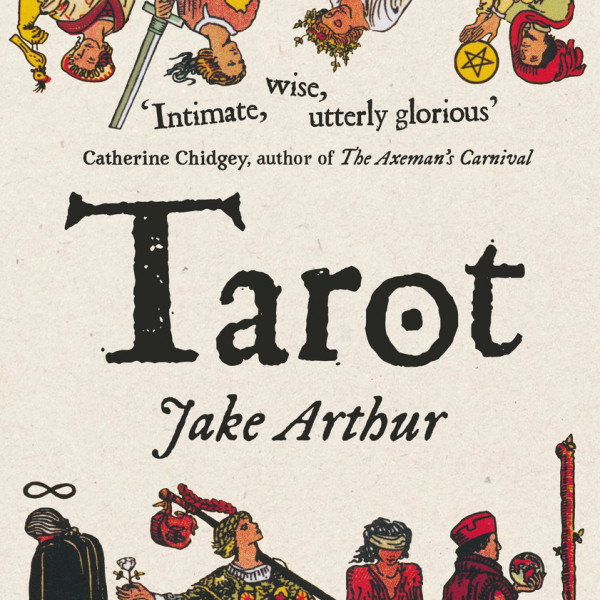
Faces and Flowers: Poems to Patricia France
Written by: Dinah Hawken
Te Herenga Waka University Press
Reviewed by: Margaret Austin
This slim volume comes to us by way of a poet and a painter. The poet is Dinah Hawken and the painter is Patricia France. They never met. But their collaboration gives us a unique blend of words and paintings that evokes a sense of beauty and reflective wisdom.
When she was in her fifties, France – in a remarkable act of self-responsibility – admitted herself to Ashburn Hall, a psychiatric hospital in Dunedin. And it was at her psychiatrist’s urging that she began to “paint out the past” as a path to rebirth. This she continued to do for the rest of her life, and we have this book as a record of her visual reflections.
The paintings feature women – especially their faces – and flowers. I can’t imagine two subjects more suited to contemplation and peace of mind! Hawken references the “straight backs and Wesleyan beliefs” of their forebears and lo! the accompanying painting is of a backward-leaning woman looking straight ahead. The poems throughout comment similarly and sometimes subtly on France’s work. That the writer can only guess the artist’s intention adds to the intrigue of her poems.
Titles are sometimes borrowed from other works: often T.S. Eliot’s Four Quartets which France listened to while painting. A boatshed below the Caselberg house in Broad Bay is charmingly recalled: “It’s as if each artist waits like an upturned boat / for their season and their oars.” One of the more challenging paintings is matched by Hawken’s title What are they thinking? She asks this of three female figures – a mother and on either side two daughters. They “look through / the present, in which she is absent, into the future.” The unimaginable summer is another less-than-optimistic poem, placed side by side with a painting redolent with fiery red – referencing in our poet’s mind the Australian bushfires.
Faces and Flowers: Poems to Patricia France is a tribute to painting, to poetry, and to the colour they both celebrate.












